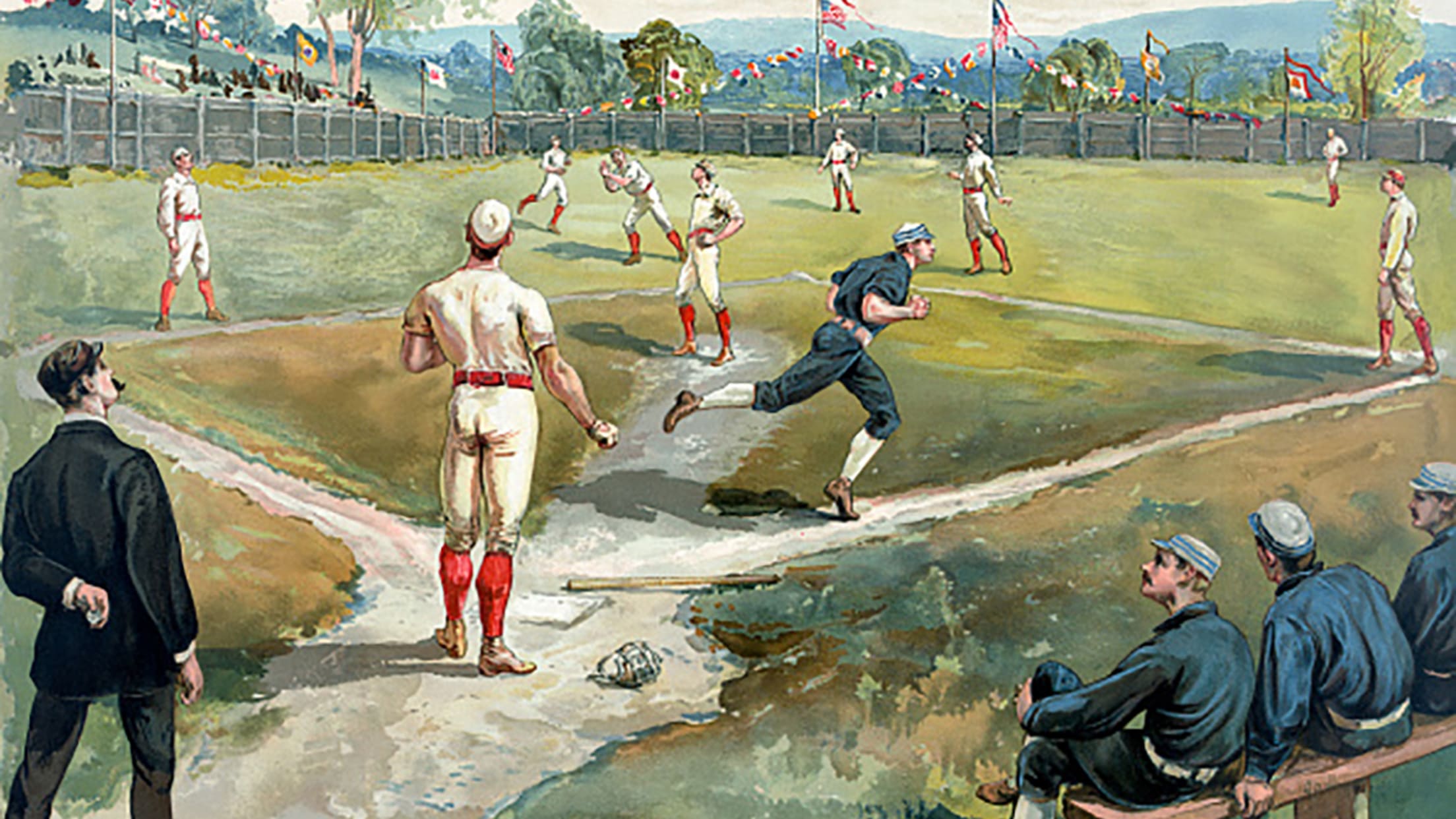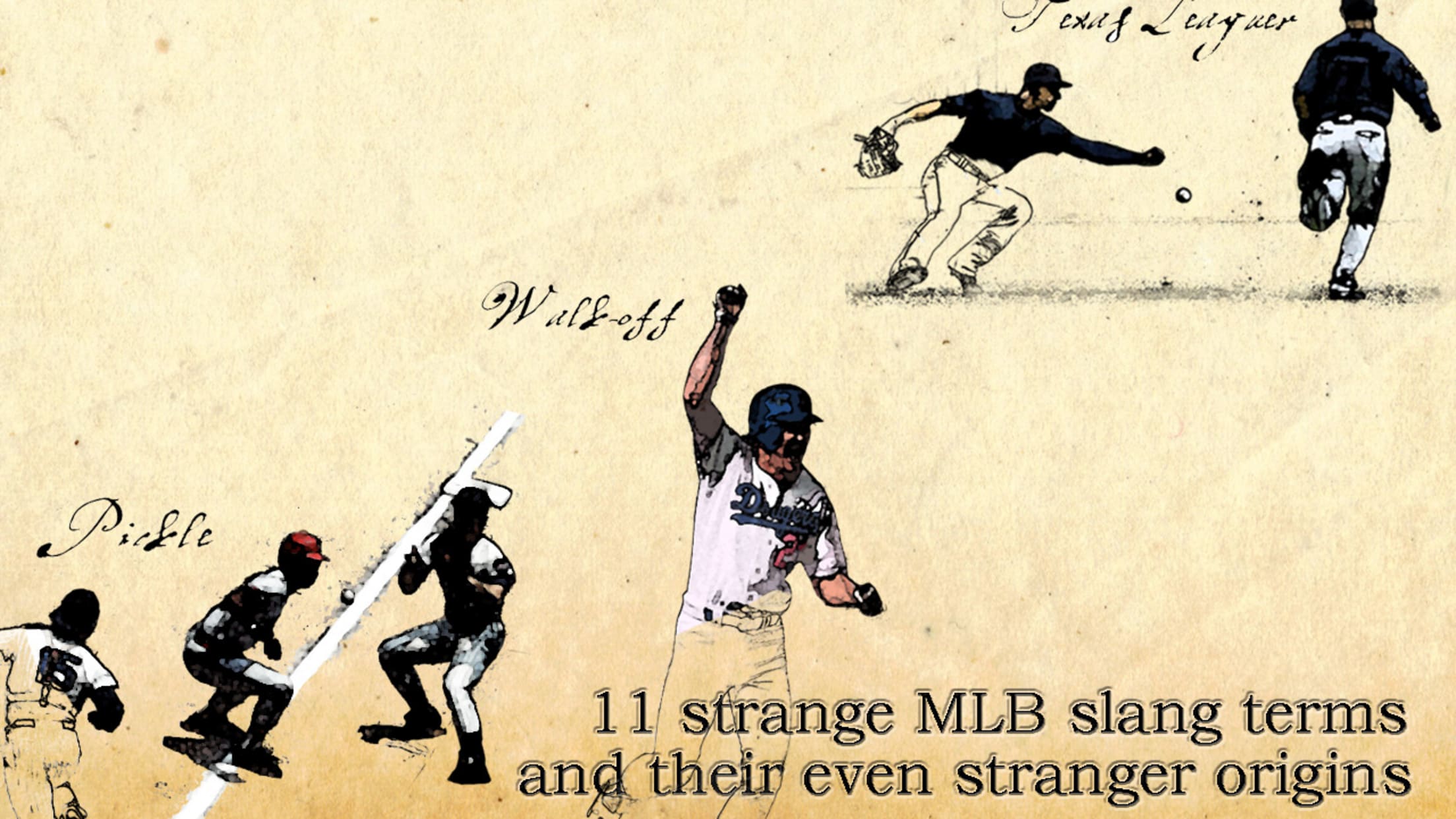How did Mario Mendoza become a shorthand for batting futility?
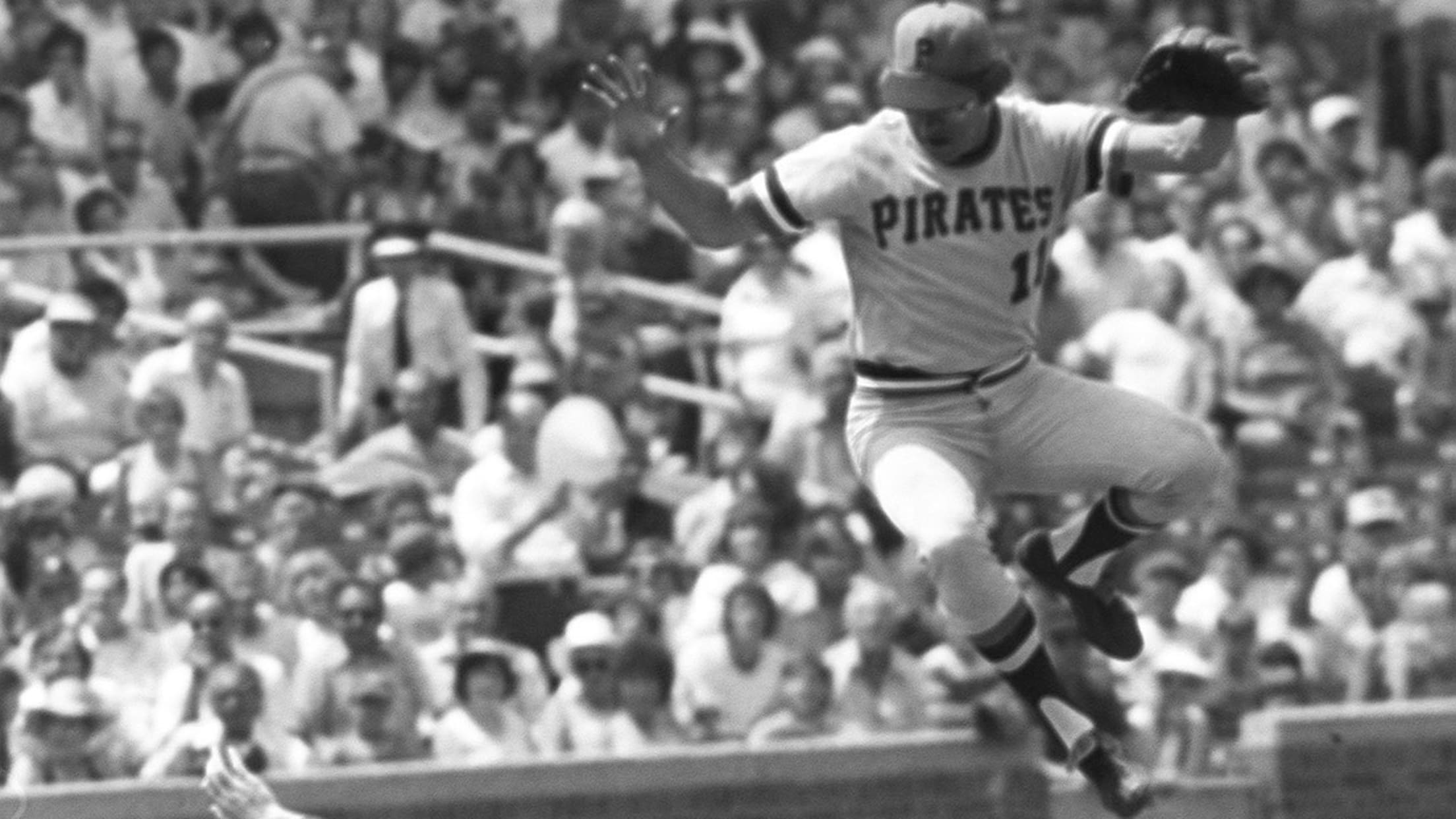
Mario Mendoza has plenty to be proud of. He was just the 28th Mexican-born player to reach the Majors, spending a total of nine years in MLB -- during which time he was consistently regarded as one of the best defensive shortstops in the league. After retirement, he served as a Minor League manager and scout for the Angels organization. He's a member of Mexico's Baseball Hall of Fame, where he goes by the nickname Manos des Seda, or "Silk Hands."
And, most important, he was an inspiration to all those who wished to play baseball in glasses:
Of course, if you know the name Mario Mendoza, chances are it's not because of any of that. It's probably because of the Mendoza Line, a term -- referring to a batting average of .200 -- that now serves as a universal shorthand for offensive futility.
But how did the phrase come to be? Why Mendoza, specifically? On the 36th anniversary of his final game in the Majors, here's everything you've ever wanted to know about the Mendoza Line.
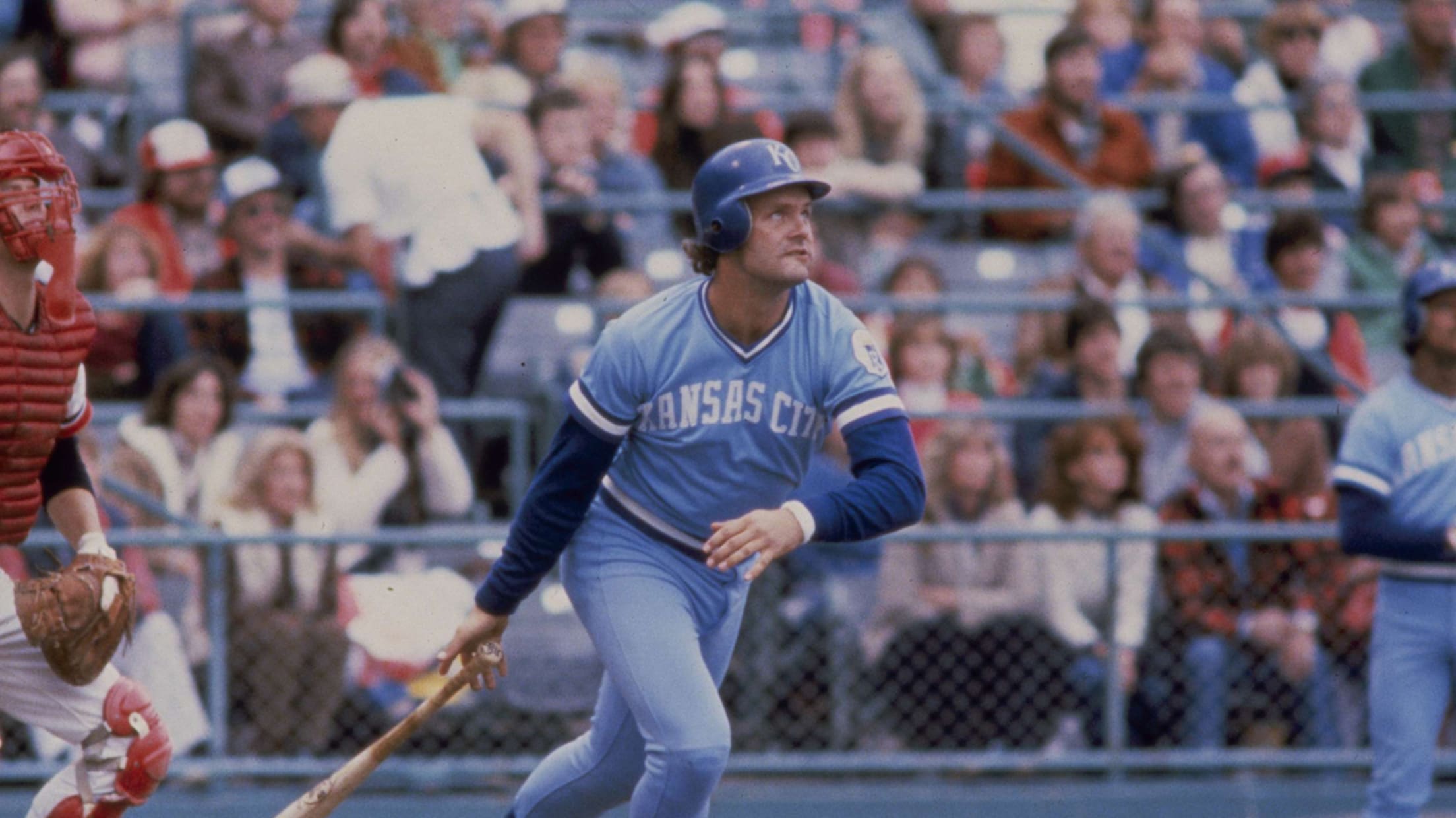
The most common origin story gives the credit to George Brett: In the midst of a slump early in the 1980 season, the Royals great told a group of reporters that, "the first thing I look for in the Sunday papers is who is below the Mendoza line." He later used the term in a conversation with ESPN's Chris Berman, and from there, it took off.
But according to Mendoza himself, it wasn't Brett who coined the phrase. It was actually born in Seattle a year earlier, during Mendoza's first season with the Mariners: With the shortstop well on his way to a fourth sub-.200 season, his teammates started (good-naturedly) getting on him.
"Tom Paciorek and Bruce Bochte used it to make fun of me," Mendoza explained to the St. Louis Post-Dispatch back in 2011. "Then they were giving George Brett a hard time because he had a slow start that year, so they told him, 'Hey, man, you're going to sink down below the Mendoza Line if you're not careful.' And then Brett mentioned it to Chris Berman from ESPN, and eventually it spread and became a part of the game."
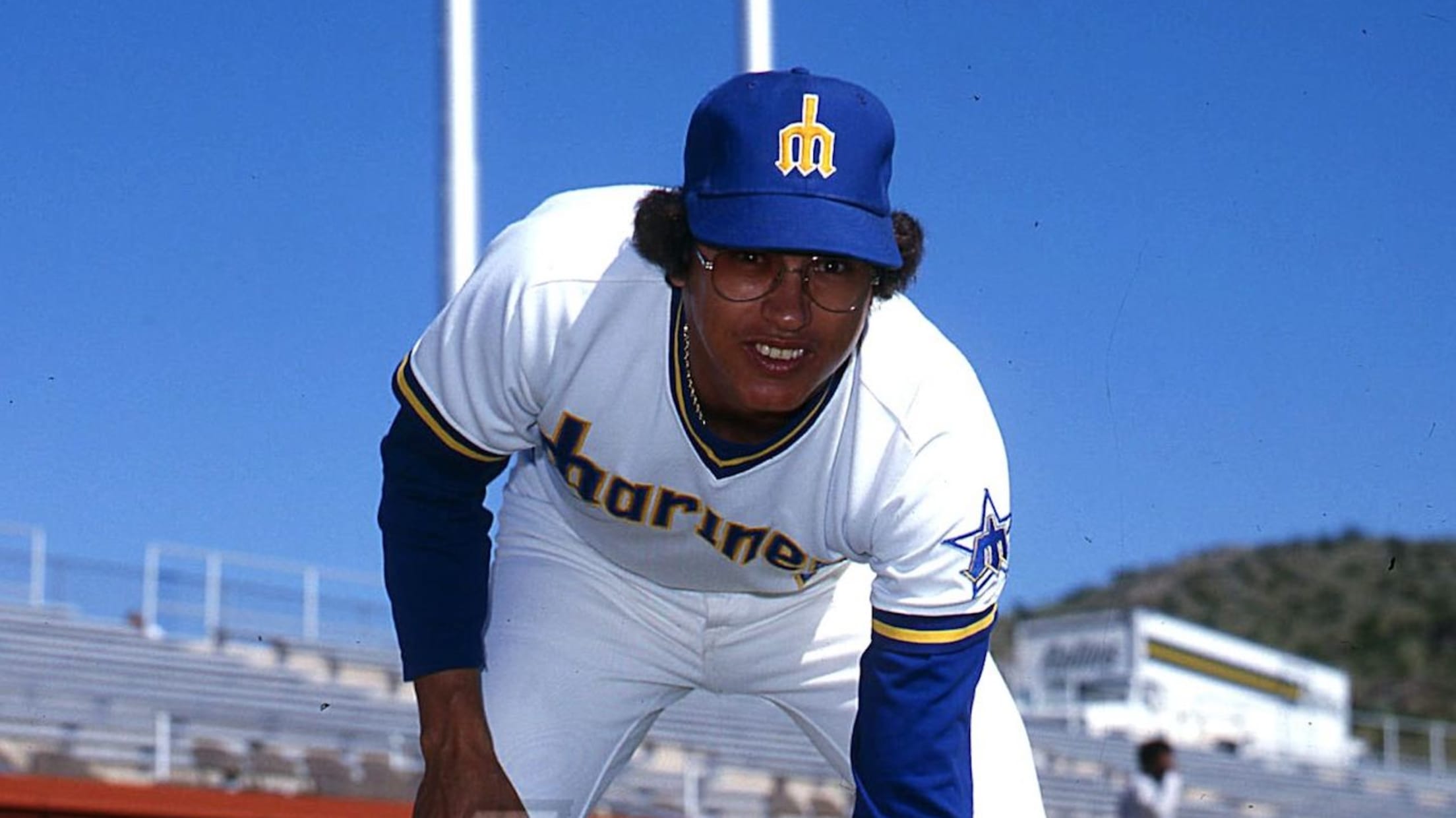
Ironically enough, as the Mendoza Line began to take off, Mendoza himself put together the best year of his career. He hit .294 over the first two months of the 1980 season, finishing with a .245/.286/.310 line -- not great, but far from the league's worst. (Baltimore's Kiko Garcia, for example, finished at .199 that year in a full 111 games.)
And it's not like Mendoza was even the weakest hitter of his era: Astros catcher Luis Pujols ended with a .193 career average after nine seasons and 850 ABs.
The shortstop just happened to be the butt of a joke that kept on going, and now he's gone down in baseball history.
Mendoza survived, though. He went on to spend decades in the game he loved, and he even used that renowned glove -- "smooth, graceful, everything a shortstop could use," former manager Darrell Johnson said -- to get a little revenge. In late September 1980, as Brett sat tantalizingly close to .400, the Royals came to Seattle for a three-game set. Brett finished 2-for-11, and Mendoza robbed him of three potential hits.
